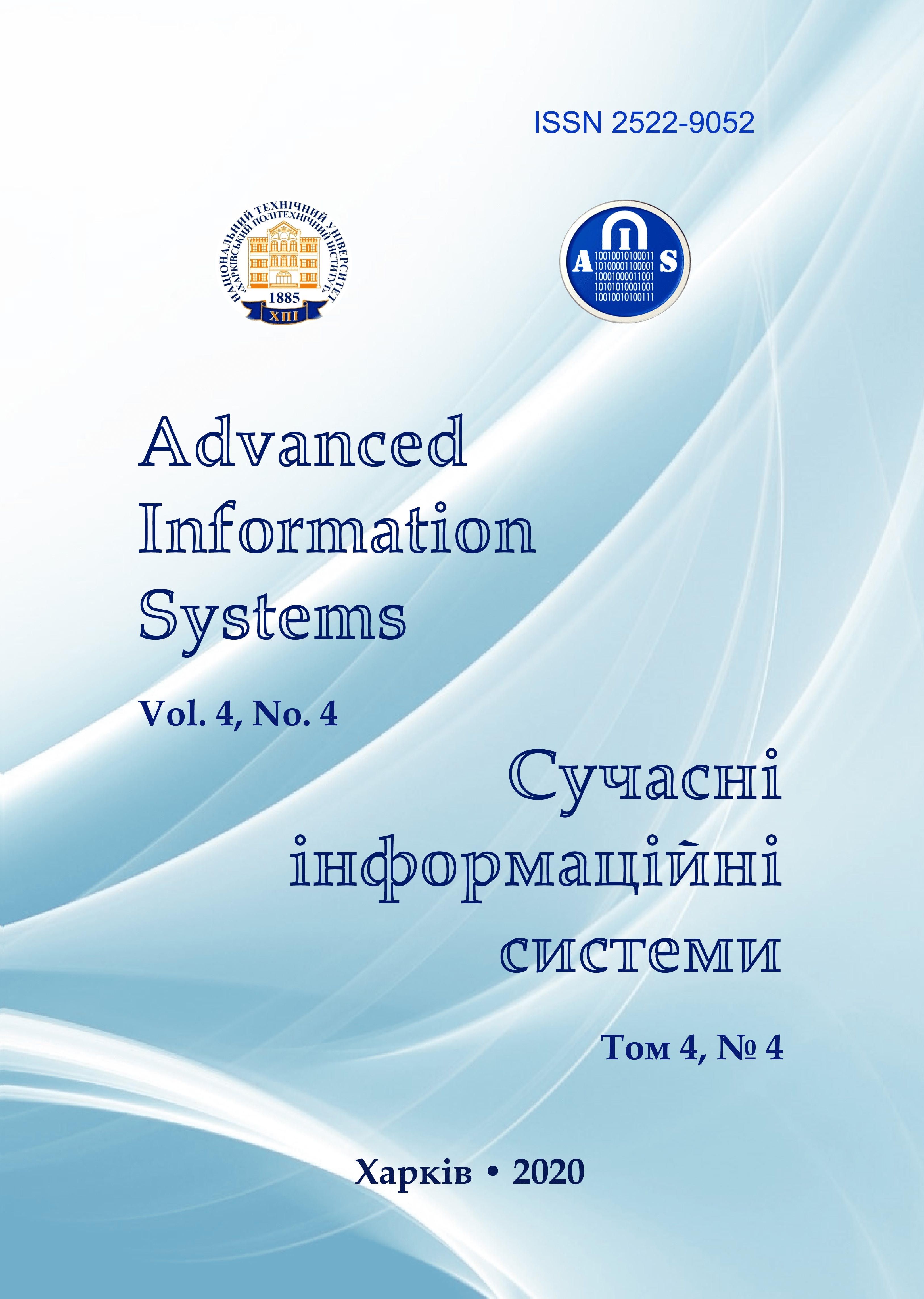Methodology for constructing hypsometric cartographic relief models according to the Earth remote sensing data
Main Article Content
Abstract
The subject of this research is the development of a methodology for constructing hypsometric cartographic relief models based on Earth remote sensing (ERS) data. The object of the research is the process of operative and reliable visualization of the terrain according to remote sensing data to provide government, economic and environmental institutions with relevant thematic maps reflecting the current state of the country territory. The objective of the work is to increase the informativeness of the visualization of the earth's surface relief by providing the volume, clarity and readability of cartographic images, as well as the expressiveness and harmony of the design of hypsometric maps. Conclusions. Based on the analysis of the methodological foundations for visualization of the terrain, it has been established that this element of the geographical maps content is extremely important because it is the relief that determines the nature and location of landscape components and is closely related to all components of general geographical and thematic maps. The historical and technological aspects of relief mapping, the classification of methods and methods of its representation, as well as the main factors of influence on the choice of methodologies and methods of reproducing the relief, depending on the type of the created map, its scale, projection, purpose, method of use and form of presentation, as well as qualification characteristics of the developers of cartographic images. The basic requirements for the image of the relief are determined, taking into account the need to preserve the characteristic appearance of the landscape, the genetic differences in its forms, the regional characteristics of specific areas and, finally, the aesthetic appeal of the resulting cartographic models. The main properties of hypsometric scales for modeling the relief, as well as modern requirements for them and the principles of their construction, considering the need to comply with the general color harmony and artistry of the color range, have been analyzed. Considering the principles of creating hypsometric scales, a method for constructing hypsometric cartographic relief models based on data from remote sensing of the Earth, has been developed. The methodology provides for the free acquisition of SRTM radar interferometric survey data and, due to their specific processing using the ArcGIS software package, the construction of hypsometric cartographic relief models within 85% of the Earth's surface with a given resolution on the ground, as well as with a given resolution and color plastics of hypsometric scales. At the same time, the necessary reliability, accuracy, efficiency and completeness of three-dimensional perception of the content of geographic relief maps of the area of interest are provided.
Article Details
References
Andrieiev, S.M. and Zhilin, V.A. (2020), “Methods of construction of hydrological cartographic models according to remote sensing of the Earth data”, Advanced Information Systems, Vol. 4, No. 3, National Technical University "Kharkiv Polytechnic Institute", Kharkiv, pp. 22-40, DOI: https://doi.org/10.20998/2522-9052.2020.3.04
Andrieiev, S.M., Zhilin, V.A. and Melnyk, A.P. (2019), “The use of anamorphosis cartographic models for geodata analysis”, Advanced Information Systems, Vol. 3, No. 3, Quarterly scientific and technical journal, National Technical University "Kharkiv Polytechnic Institute", Kharkiv, pp. 5-16, DOI: https://doi.org/10.20998/2522-9052.2019.3.01
Andreev, S. and Zhilin, V. (2019), “Application of aerophotic data with unmanned aircraft for developing 3D models of ter-rain”, Control, navigation and communication systems: collection of scientific works, No. 1(53), Poltava NTU Yuri Kon-dratyuk, Poltava, pp. 3-16. DOI: https://doi.org/10.26906/SUNZ.2019.1.003
Berlant, A. M. (1997), Geoinformation mapping, Astreya, Moscow, 64 р.
Kovaleva, O. V. (2010), “Design of maps: traditions and modernity”, Izv. universities. Geodesy and aerial photography, No. 5, рр. 60-63.
Zhukova, O. Yu., Kovaleva, O. V. and Zolotareva, T. G. (2010), “Colorimetric assessment of the quality of hypsometric scales for drawing cards”, Izv. universities. Geodesy and aerial photography, No. 6, рр. 81-89.
Zhukova, O. Yu. and Kovaleva, O. V. (2012), “About the use of color plastics (spatial influence of color) in the design of maps”, Izv. universities. Geodesy and aerial photography, No. 1, рр. 46-54.
Kovaleva, O. V. (2012), “Psychophysical and physiological aspects of the perception of graphic information as applied to the image of the relief on the maps”, Izv. Universities. Geodesy and aerial photography, No. 3, рр. 75-80.
Berlant, A. M. (2006), Theory of geoimages, GEOS, Moscow, 262 р.
Bashenina, N. V. (1967), Formation of the modern relief of the earth's surface, Higher school, Moscow, 388 р.
Berlant, A. M. (2010), Cartography: a textbook for universities. 2nd edition, revised and enlarged, KDU, Moscow, 238 р.
Vostokova, A.V., Koshel, S. M. and Ushakova, L. A. (2002), Card design. Computer design: Textbook for universities, As-pect Press, Moscow, 288 p.
Lurie, I. K. (2010), Geoinformation mapping. Methods of geoinformatics and digital processing of space images: Textbook for universities. 2nd ed., KDU, Moscow, 424 р.
Lurie, I. K. and Samsonov, T. E. (2010), “The structure and content of the spatial database for multiscale mapping”, Geodesy and Cartography, No. 11, рр. 17-23.
Samsonov, T. E. (2009), “Multiscale geodatabase for electronic maps”, Spatial data, No. 4, рр. 46-51.
